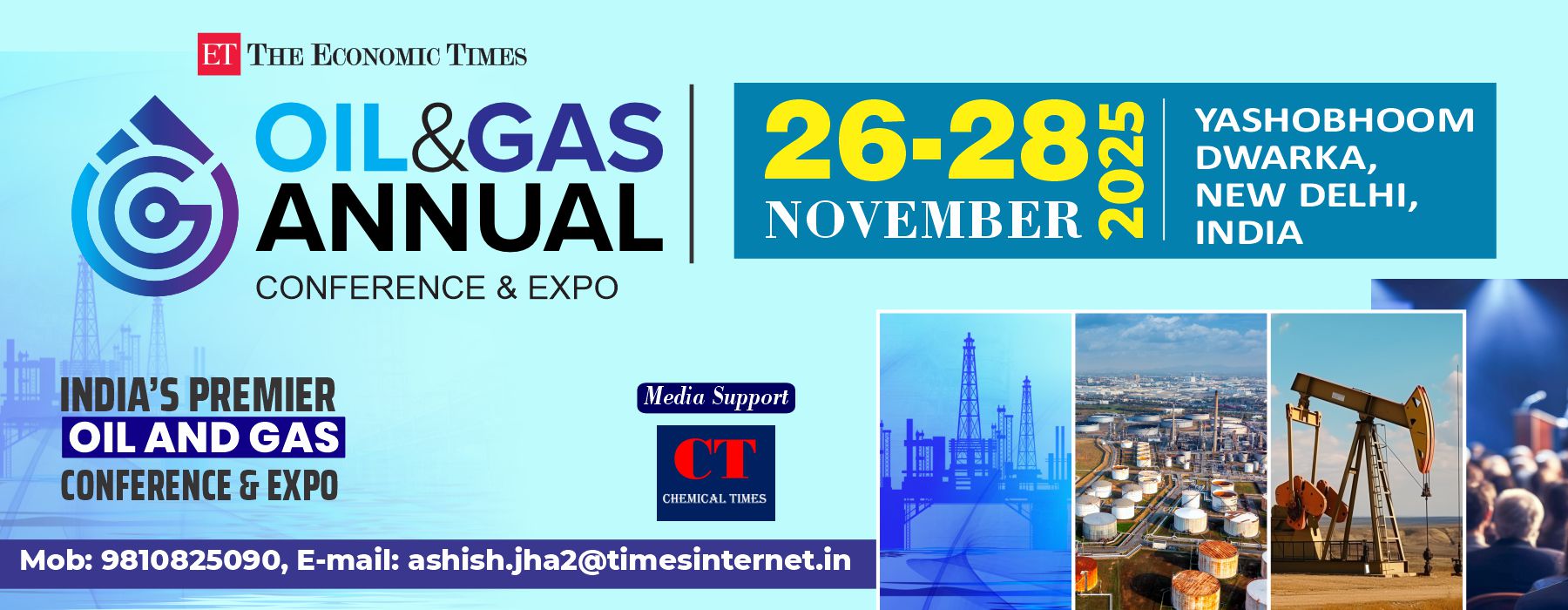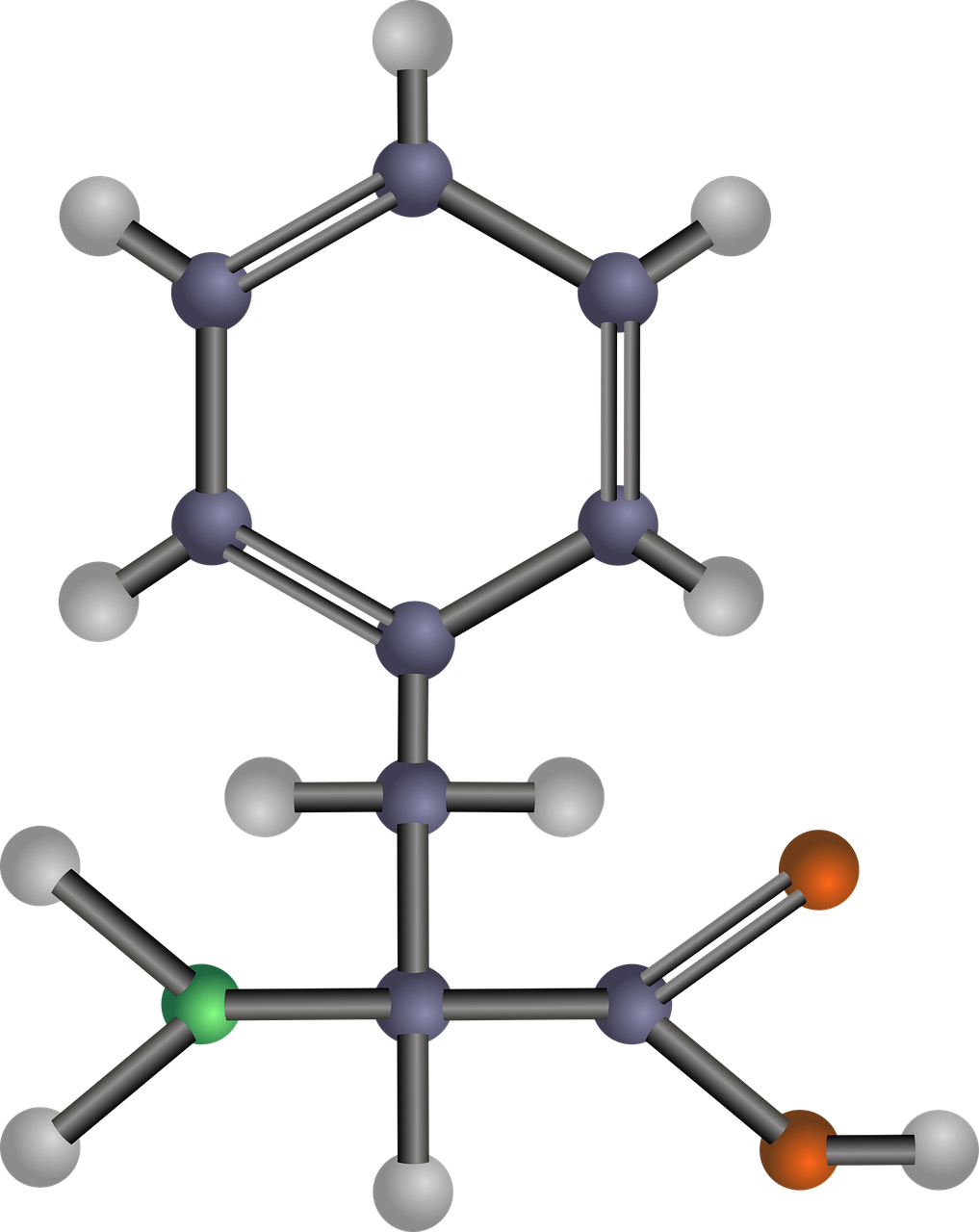As the world transitions towards decarbonized energy systems, Power-to-X (P2X) technologies have emerged as a cornerstone of future energy and chemical infrastructure. P2X refers to a suite of processes that convert renewable electricity—primarily from solar or wind—into chemical energy carriers, fuels, or raw materials such as hydrogen, ammonia, methanol, and synthetic hydrocarbons. These processes enable long-term energy storage, sector coupling, and the production of carbon-neutral chemicals.
At the heart of P2X development and deployment are chemical engineers, whose interdisciplinary skills span reaction engineering, process design, thermodynamics, materials science, and systems integration. This article explores the pivotal roles chemical engineers play in the conception, scaling, and optimization of Power-to-X systems, from hydrogen production to sustainable fuel synthesis.
Understanding the Power-to-X Framework
P2X begins with the conversion of renewable electricity into hydrogen via electrolysis—the “power-to-hydrogen” step. This hydrogen can be used directly or combined with captured carbon dioxide (CO₂) or nitrogen (N₂) to produce a wide range of chemical products (“X”), including:
Methane (CH₄) via methanation
Methanol (CH₃OH) through CO₂ hydrogenation
Ammonia (NH₃) using nitrogen and hydrogen
Fuels and waxes through Fischer–Tropsch synthesis
Each of these conversions involves complex chemical and physical transformations, requiring optimized reaction conditions, advanced catalysts, robust equipment, and integrated systems—core domains of chemical engineering.
1. Electrolysis and Hydrogen Production
The foundational step in most P2X systems is the production of hydrogen via water electrolysis. Chemical engineers are involved in several key aspects:
Process Design and Optimization
Chemical engineers design and refine electrolyzer systems—electrochemical reactors that split water into hydrogen and oxygen. Depending on the technology (alkaline, PEM, or solid oxide electrolyzers), different design considerations arise. Engineers ensure that electrolyzers operate efficiently across variable loads, typical of intermittent renewable power sources.
Thermodynamics and Kinetics
Electrolysis reactions are energy-intensive and highly sensitive to temperature, pressure, and current density. Chemical engineers apply thermodynamic modeling and reaction kinetics to optimize these conditions for maximum efficiency and minimum degradation.
Material Selection
The longevity and performance of electrolyzers depend heavily on the materials used for electrodes, catalysts, and membranes. Chemical engineers evaluate and develop materials that resist corrosion, support high conductivity, and maintain mechanical integrity under harsh conditions.
2. Gas Processing and Handling
Once hydrogen is produced, it must be cooled, dried, purified, compressed, and sometimes stored before further processing or utilization. Chemical engineers design and operate these gas processing units to ensure safety, efficiency, and scalability.
They also incorporate gas separation techniques—such as pressure swing adsorption (PSA) or membrane separation—to purify hydrogen and recover valuable gases from downstream processes.
3. CO₂ Capture and Utilization
A major sustainability goal of P2X is the utilization of CO₂, transforming it from a waste product into a feedstock for synthetic fuels and chemicals. Chemical engineers play critical roles in both capturing and converting CO₂.
CO₂ Capture Technologies
Engineers design systems for:
Point-source capture from industrial emitters (e.g., cement, steel, power plants)
Direct Air Capture (DAC), a more challenging method that extracts CO₂ directly from ambient air
Chemical engineers optimize solvent or sorbent systems, contactor designs, and regeneration methods to maximize capture efficiency and minimize energy penalties.
CO₂ Conversion
Once captured, CO₂ can be combined with hydrogen in various catalytic or electrochemical processes. Engineers develop:
Methanol synthesis processes
Fischer–Tropsch synthesis for hydrocarbons
Formic acid or dimethyl ether production routes
These processes require a deep understanding of reaction pathways, heat management, and catalyst performance, all within the purview of chemical engineering.
4. Synthesis of Value-Added Chemicals (“X”)
The “X” in Power-to-X encompasses a wide range of chemicals and fuels. Chemical engineers design and scale the reactor systems and catalytic pathways to produce these products efficiently.
Methanol and Ammonia
For example, converting hydrogen and CO₂ into methanol is exothermic and pressure-dependent. Engineers must carefully design reactors that balance:
Conversion rates
Heat removal
Catalyst stability
Product separation
Similarly, ammonia synthesis via the Haber-Bosch process, or via newer electrochemical methods, requires precise control of operating conditions and materials due to the high pressure and temperature involved.
Synthetic Hydrocarbons
In processes like Fischer–Tropsch synthesis, engineers design fixed-bed or slurry reactors to convert syngas (CO + H₂) into liquid fuels. This requires control over:
Product distribution (e.g., gasoline vs. diesel)
Reactor temperature profiles
Catalyst selectivity and deactivation
5. Process Integration and Systems Engineering
Chemical engineers are trained to integrate multiple unit operations into a coherent and optimized process. P2X systems often involve:
Electrolysis units
CO₂ capture plants
Reactors for fuel synthesis
Gas separation and compression
Heat recovery systems
Engineers model these systems using tools like Aspen Plus, MATLAB, or COMSOL, optimizing for parameters such as:
Energy efficiency
Capital and operating costs
Environmental footprint
Reliability under dynamic renewable energy input
Moreover, chemical engineers conduct techno-economic analysis (TEA) and life cycle assessment (LCA) to evaluate the viability and sustainability of entire P2X chains.
6. Heat and Energy Management
Many P2X processes involve exothermic or endothermic reactions. Chemical engineers design systems to recover waste heat, reuse it within the process, or store it for later use.
For example:
The heat released during methanation or methanol synthesis can be captured via heat exchangers and reused in other parts of the system.
Engineers may incorporate thermal energy storage (TES) to buffer intermittent energy supply or demand.
Efficient energy integration ensures higher overall system performance and reduces dependence on external energy sources.
7. Scale-Up and Industrial Deployment
Moving from lab-scale research to industrial-scale P2X facilities requires solving a host of engineering challenges—another domain where chemical engineers excel.
Pilot Plant Design
Engineers translate process designs into pilot plants, choosing appropriate materials, instrumentation, and control systems. This includes ensuring safety under high-pressure or reactive conditions.
Operational Stability
Chemical engineers develop control strategies to manage fluctuations in renewable power supply, which affects electrolyzer operation, reaction throughput, and heat balance.
Safety and Regulation
High-pressure hydrogen systems, hazardous chemicals, and complex thermal dynamics demand rigorous safety protocols. Chemical engineers assess risks, design fail-safes, and ensure compliance with environmental and safety standards.
8. Research and Innovation
Chemical engineers are also at the forefront of next-generation P2X technologies, including:
Advanced catalysts for CO₂ reduction, nitrogen fixation, or water splitting
Electrochemical reactors for direct synthesis of fuels and chemicals
Membrane reactors for process intensification
Digital twins and machine learning for process optimization and predictive maintenance
Research in these areas is vital for reducing costs, improving yields, and enabling new reaction pathways.
The Broader Impact: Climate and Sustainability
The deployment of P2X technologies is a key strategy in achieving net-zero emissions. Chemical engineers contribute to this vision by enabling:
Renewable energy storage in chemical form
Decarbonization of hard-to-electrify sectors (aviation, shipping, heavy industry)
Carbon reuse instead of carbon release
Circular economy models through integrated chemical and energy systems
Their work helps bridge the gap between renewable electricity and real-world energy needs in transportation, industry, and agriculture.
Conclusion
Chemical engineers are essential to the Power-to-X revolution. Their ability to understand and manipulate complex chemical systems, design integrated processes, and scale innovative technologies makes them indispensable in the shift towards a sustainable, decarbonized energy future. From electrolyzer design to fuel synthesis and system integration, chemical engineers provide the technical backbone that transforms renewable electricity into practical, storable, and transportable energy carriers.
As global demand for clean energy solutions continues to rise, the role of chemical engineers in P2X systems will only become more prominent. They will not only help design these systems but also ensure they are safe, efficient, scalable, and sustainable—the very pillars of a cleaner energy economy.




